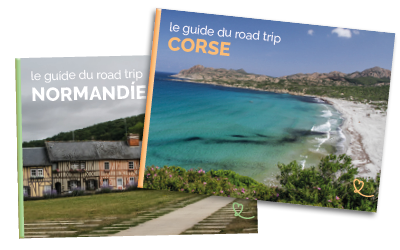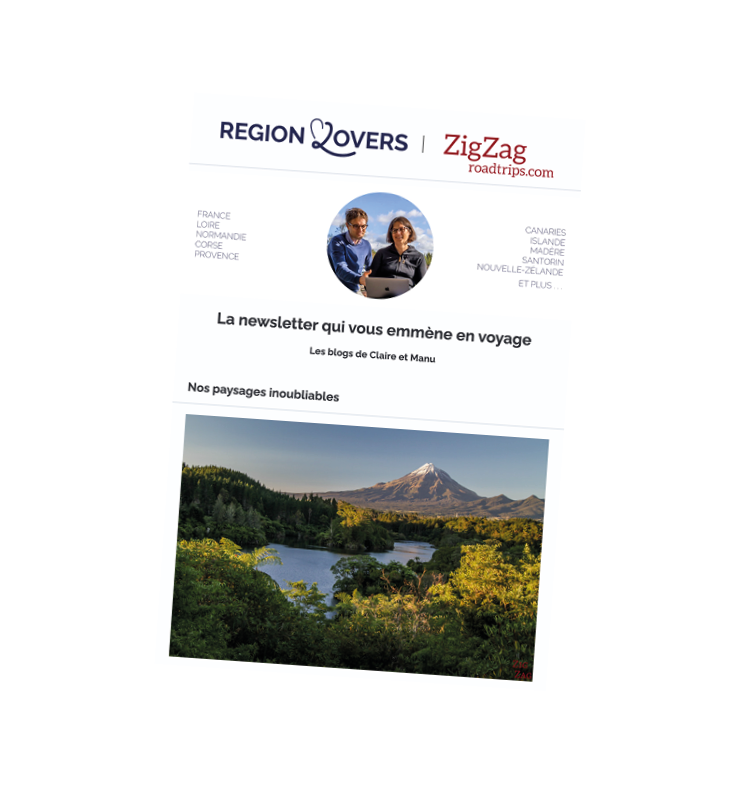Visiting Faro? Don’t miss the Maritime Museum! Dedicated to themaritime history of the Algarve, it’s brimming with fishing and sailing treasures. We loved its collection of historic ship models and unique maritime objects.
In this article, you’ll find some useful tips to help you prepare for your visit and have a wonderful time!

This opinion is completely independent, based on our experiences. We visited the region anonymously, making our own choices and paying our bills in full.
Why visit the Faro Maritime Museum
Is the museum worth it? Our opinion:
Yes, the Maritime Museum is well worth a visit if you’re interested in the world of fishing and navigation. We enjoyed observing historic boat models and traditional navigation and fishing equipment. The museum’s main hall offers a fascinating insight into the region’s maritime history, with detailed explanations of fishing techniques. This is one of Faro’s best activities!

WHERE TO STAY IN Faro
Our favorites: neighborhoods and hotels
Our selection coming soon
Hotel 1 – See prices, photos and availability
Our selection coming soon
Hotel 1 – See prices, photos and availability
Our selection coming soon
Hotel 1 – See prices, photos and availability

See our complete selection of the best hotels in Faro (coming soon)
Our favorite moments
During our visit, we particularly appreciated:
- Discover the impressive model explaining the Algarve tuna fishing method
- Observe the many ship models, true masterpieces of precision.

History in brief
The history of the Almirante Ramalho Ortigão Maritime Museum began on January 4 , 1889, under the ministry of Emídio Júlio Navarro. We owe its creation to the impressive collection of naval officer António Artur Baldaque da Silva, who meticulously studied the fishing systems along the Portuguese coast. Originally housed at the Pedro Nunes Industrial School, Faro’s Maritime Museum has undergone several moves. In 1900, its collections were showcased internationally at theParis World’s Fair. Today, you can discover the collection at their premises in the Maritime Department of Southern Portugal, where it has been on display since 1964.

Access: Maritime Museum, Faro
Where is the museum?
The museum is located in the Rue da Comunidade Lusiada, on one of the quays of Faro Marina:
- In the old town
- 5min walk from the Episcopal Palace and Faro Cathedral
- Near the must-see places in Faro

OUR TIPS FOR RENTING A CAR IN Portugal
- Compare prices on our preferred platform: DiscoverCars – one of the best rated sites.
- Don’t take a car that’s too wide, as old towns have narrow streets and small parking spaces.
- For more choice, book early.

Read our tips (coming soon)
How to get there?
There are several options for getting to the Faro Maritime Museum:
- The museum is within easy walking distance.
- If you’re taking public transport, the Rodoviário Terminal stop on the city’s transport network is the nearest. To plan your itinerary, please consult the route maps, timetables and fares here.
- You can choose a sightseeing bus tour. Hop-on-hop-off buses are a great way to visit all the sights quickly and easily. Book your Hop-On-Hop-Off pass now.

Parking
There is no on-site parking available. The nearest covered parking lot is the “Saba da Pontinha” parking lot, about a 10-minute walk from the museum. Otherwise, a few paying parking spaces are available in front of the fire station, Rue Cmte. Francisco Manuel5min walk.
DISCOVER Faro
- Things to do in Faro (coming soon)
- Best hotels (coming soon)
- Best restaurants (coming soon)

Useful tips: duration, schedules, eating…
Best time to visit
In our opinion, spring and autumn are the ideal times to discover Faro and its monuments at your leisure, taking advantage of the mild, pleasant climate. These seasons allow you to explore the old town and the Ria Formosa natural park in the best possible conditions. Faro is a popular tourist destination, with high temperatures at the height of the season (July and August). If possible, choose the other months of the year to fully appreciate the city and its attractions in a more serene atmosphere.
We therefore recommend that you visit the museum in the morning, as soon as it opens. In this way, you’ll enjoy the peace and quiet and the first view of the exhibits.

Length of visit and main difficulties
It takes around 30 minutes to discover the museum’s collections.
The showroom is located on the first floor of the building, which does not have an elevator.

Advice on how to visit
The museum consists of a single large hall. We advise you to let your emotions guide you during your visit. Take the time to observe every object that catches your eye.

A LITTLE MORE patience
All the photos, maps, information and addresses you need to make your stay in Portugal a success will soon be available in a single ebook!
If you would like to be informed when our guide to Portugal is published, please register:

Visiting with children
Faro’s Maritime Museum is an interesting place for children to observe maritime objects and model ships. However, we recommend that you keep a close eye on them, as the objects on display are fragile and must not be touched.

Schedules and rates
Schedules:
- Monday to Friday, 09h to 12h and 14h30 to 16h30
- Closed Saturday and Sunday
Entry is free, just write your name in a register.
We recommend that you check the latest information on the museum’s official website, here, before your visit.

Catering
There are no catering facilities on site. On the other hand, you’re right in the center of town, close to a wide range of establishments. Discover our favorite restaurants in Faro, to enjoy before or after your visit.

Subscribe to our Newsletter
- Get away from it all with Region Lovers’ beautiful destinations!
- Once a month
- Advertising-free
The history of tuna fishing and its role in the Algarve

In this museum, we learned that tuna fishing plays a central role in the Algarve’s maritime history. We really liked the large scale model on display, illustrating the traditional techniques used by Algarvian fishermen. The tuna boats, formerly known as “almadravas” or “alma-drabas”, mobilized hundreds of fishermen to catch the tuna migrating along the Faro coast from April to June.

You’ll discover how these men, using harpoons and “bicheiros” (special sticks), managed to single-handedly catch impressive fish weighing up to 300 kg. This technique, nicknamed the “bullfighting of the sea”, testifies to the incredible know-how of local fishermen.

Our visit included some fascinating historic navigational instruments. We were particularly impressed by the rudder wheel on display at the entrance to the building, an authentic piece from the corvette “Duque de Palmela”, which served as a training ship in Faro at the end of the 19th century.

The exhibition also features a remarkable collection of octants, sextants and other measuring and navigational objects, precious witnesses to navigation techniques past and present.
Model ships: a miniature voyage across the waves

The Faro Maritime Museum’s collection of models is particularly remarkable. We were captivated by that of the Caïque Bom Sucesso, which tells the extraordinary story of 17 sailors from Olhão who set out to announce to Prince Regent João VI the expulsion of the French troops in 1808.

You’ll be impressed by the precision of the details on the model of the Portuguese Nave Nossa Senhora da Conceição, a ship built in 1701 that distinguished itself in memorable naval battles. We also noticed a model of the Aveiro, a traditional boat used for continental fishing, which testifies to the diversity of Portuguese boats.
Paintings inspired by fishing and sailing

Don’t forget to look up during your visit, as the museum’s walls are adorned with a remarkable collection of paintings depicting the local marine fauna. We particularly appreciated the work of artists João Vaz and João H. P. de Almeida, who realistically illustrate the fish, shellfish and crustaceans emblematic of Portuguese fishing.

You can also admire works by other talented artists such as Cezar Formilli, Maria Justina Tiburcio and a magnificent triptych by Carlos Porfírio. We were immediately drawn to the painting opposite the entrance to the room. It depicts a scene at sea with sailors fishing for tuna. The sea looks rough and conditions difficult.
PLAN YOUR TRIP TO THE algarve
- Best of
Things to do in the Algarve
Most beautiful landscapes (coming soon)
Most beautiful towns and villages (coming soon)
Algarve’s most beautiful beaches

- Practical advice
When to go? (coming soon)
How to rent a car in the Algarve (coming soon)
Driving tips (coming soon)
Itineraries (coming soon)
Where to stay in the Algarve (coming soon)

- The must-dos
Ponta da Piedade (coming soon)
Benagil cave (coming soon)
Praia da Marinha (coming soon)
Things to do in Lagos (coming soon)
Things to do in Portimao (coming soon)
Things to do in Albufeira (coming soon)
Things to do in Faro (coming soon)




